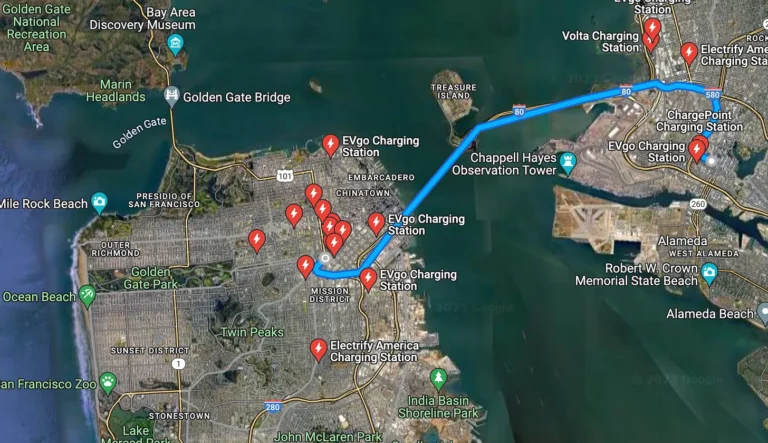EV tax credits: faster cash but fewer choices

(This article was first published in Callaway Climate Insights, a partner of ClimateCrisis247. To read more, see callawayclimateinsights.com)
EV tax credits and other incentives and rebates have been a boon to would-be buyers of pricey electric vehicles, slicing as much as $15,000 off the cost of a new car, truck or SUV. But what the Inflation Reduction Act giveth, it also taketh away.
As of Jan. 1, 2024, EV buyers are able to get their federal tax credit at the time of their purchase and won’t have to wait until they file their tax return. But the bad news is that far fewer electric cars and trucks qualify for the tax credit — which can be as high as $7,500.
Let’s unpack that.
Point-of-sale tax credit: This year, EV buyers can request their tax credit at the dealership when they buy their new EV. No more waiting until tax day. Essentially, the dealer will advance you the credit by reducing the price, the loan, or using it for a down payment. The government will pay the dealer back. As interest rates rise, reducing the amount of a car loan up front can save you hundreds or thousands of dollars.
And if you want to lease a new EV, dealers are definitely working with lessors to give lessees the benefit of the tax credit.
Blame the battery restrictions: Unfortunately, whereas EV shoppers in 2023 had up to 34 vehicles that qualified for a federal tax credit of $3,750 or $7,500, that number dropped to 20 for 2024 — so far, at least.
The Inflation Reduction Act, or IRA, gave birth to the EV tax credits, but it also provided for increasingly tighter restrictions on EV battery components. As the regulations become more stringent each year beginning in 2024, fewer cars might qualify.
Overall, whether a vehicle qualifies for the credit and how much that credit is depends on where it’s made, where the battery parts and minerals come from, the vehicle’s MSRP and the buyer’s income.
Also, the dealer will need to check each VIN to ensure that specific vehicle is eligible.
Used EVs can qualify, too. If you buy a qualified used EV or fuel cell vehicle from a licensed dealer for $25,000 or less, you may be eligible for a tax credit equal to 30% of the sale price up to a maximum credit of $4,000.
Popular EVs that were on the qualifying list through Dec. 31, 2023 included BMW’s X5 xDrive50e, Ford’s much-loved Mustang Mach-E, and every trim of Volkswagen’s ID.4 all-electric SUV. But they were stricken from the 2024 list.
Manufacturers have assured dealers and customers that they are working with their suppliers on battery components and mineral sourcing, and on documentation, so they can get these makes and models back on the Fed’s “Nice List.”
Meanwhile, the IRS says “some qualified manufacturers have yet to submit information on eligible vehicles that meet the current requirements.”
Ford’s F-150 Lightning and most Tesla models are still lighting up the list, though.
As EV prices moderate, more models become available and charging stations multiply across the country, carmakers as well as climate activists and investors hope the transition will accelerate.
Check out the official source on EV tax credits — fueleconomy.gov from the Department of Energy — for updates, and then check what incentives dealers are offering in addition to or in lieu of tax credits.
And remember, states, local governments and utilities also are offering fat incentives and rebates. Check for those, too.
More from ClimateCrisis 247
- Wind And Solar Face Real Damage Under Trump Laws
- Europe Tesla Sales Plunge 40%
- There Are No Cheap Used EVs
- EV Sales Skyrocket, According To Study






